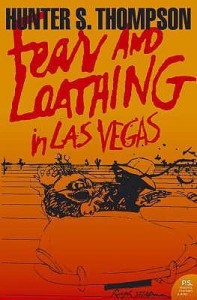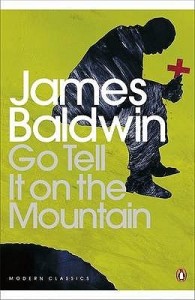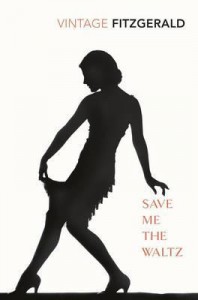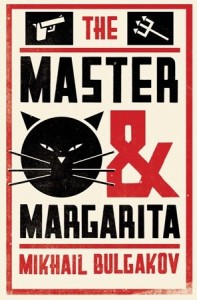 I started March with a lot of work stress and as a result I thought I would not get much reading done. All I wanted was to play video games or watch TV. The month never improved workwise but I still had a productive reading month; I was actually surprised with how much I read. As for my adventures on BookTube, things are still going well, I am enjoying the experience and I feel like I am slowly improving. Hopefully this will translate into my writing as well. I have also been looking at other way to improve my writing, I may join Hitrecord and try their writing challenges or just try my hand at short stories. However, I might just do some research and wait till work gets a little less stressful.
I started March with a lot of work stress and as a result I thought I would not get much reading done. All I wanted was to play video games or watch TV. The month never improved workwise but I still had a productive reading month; I was actually surprised with how much I read. As for my adventures on BookTube, things are still going well, I am enjoying the experience and I feel like I am slowly improving. Hopefully this will translate into my writing as well. I have also been looking at other way to improve my writing, I may join Hitrecord and try their writing challenges or just try my hand at short stories. However, I might just do some research and wait till work gets a little less stressful.
It did take me over ten days to finish my first novel this month. Sadly that novel was not enjoyable and I wish I had not spent so much time with the book. That novel was The Severed Streets by Paul Cornell, I really enjoyed the first book in the series, London Falling and was expecting so much more. Thankfully the next book was better; it was Fear and Loathing in Las Vegas by Hunter S. Thompson, however I cannot work out if I had read it before or not. I guess because the movie is so memorable I thought I had read the book; I would have a record of reading Fear and Loathing if I had.
The longlist for the IFFP (The Independent Foreign Fiction Prize) was announced this month and reminded me that I want to read more books in translation. As most people know, my current reading challenge is more books in translations and some rereads (at least one of each, every month). This month I read the 2011 IFFP winner, Red April by Santiago Roncagliolo (translated by Edith Grossman). I did the reading diversity tag on BookTube this month and realised I needed to read a lot more books from South America; Red April is by an author from Peru. While it did follow many of the tropes found in crime fiction, it still found this to be a fascinating read; I loved exploring Peruvian culture. My reread for the month was The Stranger by Algerian author Albert Camus (translated by Matthew Ward), which was a lot better than I remember it being, I must have a better grip on the themes this time round.
I also picked up some short story collections to read this month, firstly The UnAmericans by Molly Antopol and then The Yellow Wallpaper and Other Stories by Charlotte Perkins Gilman. The UnAmericans was a contemporary collection that dealt mainly with immigrants living in America. While this was a great collection, The Yellow Wallpaper and Other Stories blow it out of the water. I was sucked in by Charlotte Perkins Gilman’s style blending gothic with feminist ideas, I highly recommend reading this collection. I am not sure what Charlotte Perkins Gilman’s other books are like but I am curious to find out.
The highlight this month was Mr. Kiss and Tell by Rob Thomas and Jennifer Graham, which is the second book in the Veronica Mars series. I am a huge Veronica Mars fan and while this book was not as good as the first one, it was nice to return to Neptune. Followed by Something Coming Through by Paul McAuley which was very average and A Young Doctor’s Notebook by Mikhail Bulgakov (translated by Hugh Alpin) after binge watching the TV adaptation. So that was seven books read in March, which was as many as February but still a very decent reading month. I currently have four books on the go at the moment and I hope April will be a much better month both in reading and work.

 Title: The Severed Streets (
Title: The Severed Streets ( Title: The Buried Giant (
Title: The Buried Giant ( Title: Go Tell It on the Mountain (
Title: Go Tell It on the Mountain ( Title: Wolf in White Van (
Title: Wolf in White Van ( Title: The American Lover (
Title: The American Lover ( Title: Save Me the Waltz (
Title: Save Me the Waltz ( Title: Deeper Waters (
Title: Deeper Waters ( Title: The Master and Margarita (
Title: The Master and Margarita (